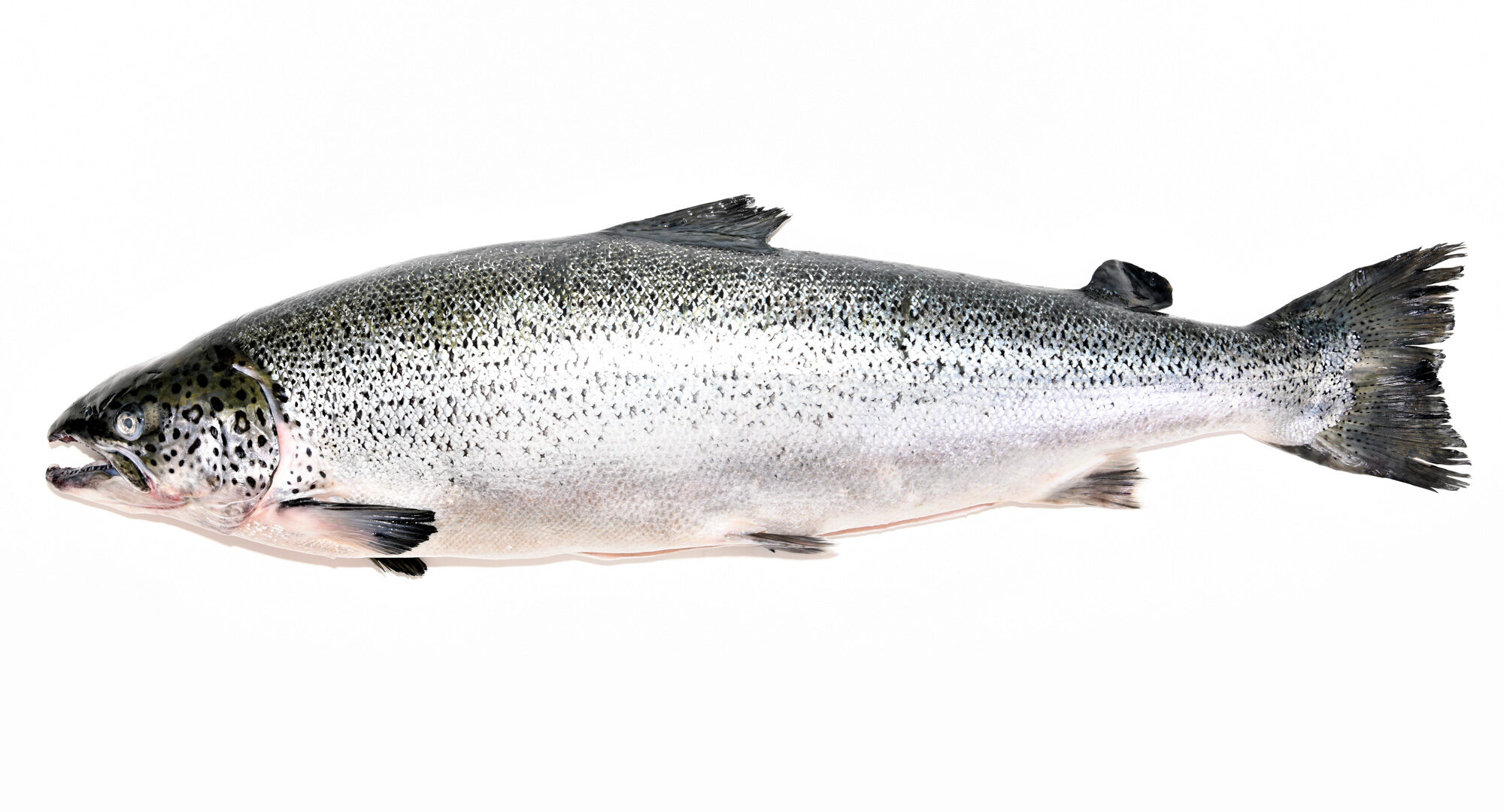
Why do we need farmed salmon?
Farmed seafood provides half of all the fish we eat in the world and is critically important to relieving pressure on wild fisheries and oceans. If we attempt to pull that amount of seafood out of wild fisheries, we will be depleting species that are important to ensuring a healthy ocean. The farming of fish, also known as aquaculture, reduces pressure on certain overstressed wild stocks and is key to solving this pressing environmental challenge.

Is farmed salmon as healthy as wild salmon?
Yes. Farmed salmon and wild salmon have been shown to offer the same overall nutritional value, though farmed salmon has a higher content of key nutrients like omega-3 fatty acids than do most wild salmon. Farmed salmon is a staple of healthy and affordable diets around the world.
Is the environmental impact of Salmon farming well managed?
Chilean salmon farmers work hard to ensure fish are raised responsibly while minimizing the impact on the environment. This is in compliance with federal guidelines, industry standards, and recommendations shared by NGOs like the World Wildlife Fund.
How does farmed salmon get its bright color?
Both farmed and wild salmon get their coloring from food sources containing antioxidant-rich astaxanthin. Crustaceans—a dietary staple for wild salmon—are rich in astaxanthin, which is also added to the feed of farmed salmon to give them their color and keep them healthy.
Is farmed salmon more or less sustainable than other animal proteins?
Farmed salmon is the most sustainable animal protein based on feed conversion. A common gauge of environmental impact is its feed conversion ratio, the estimated food required to gain one pound of body mass. Of all the animal proteins, fish are the most efficient at converting protein.

